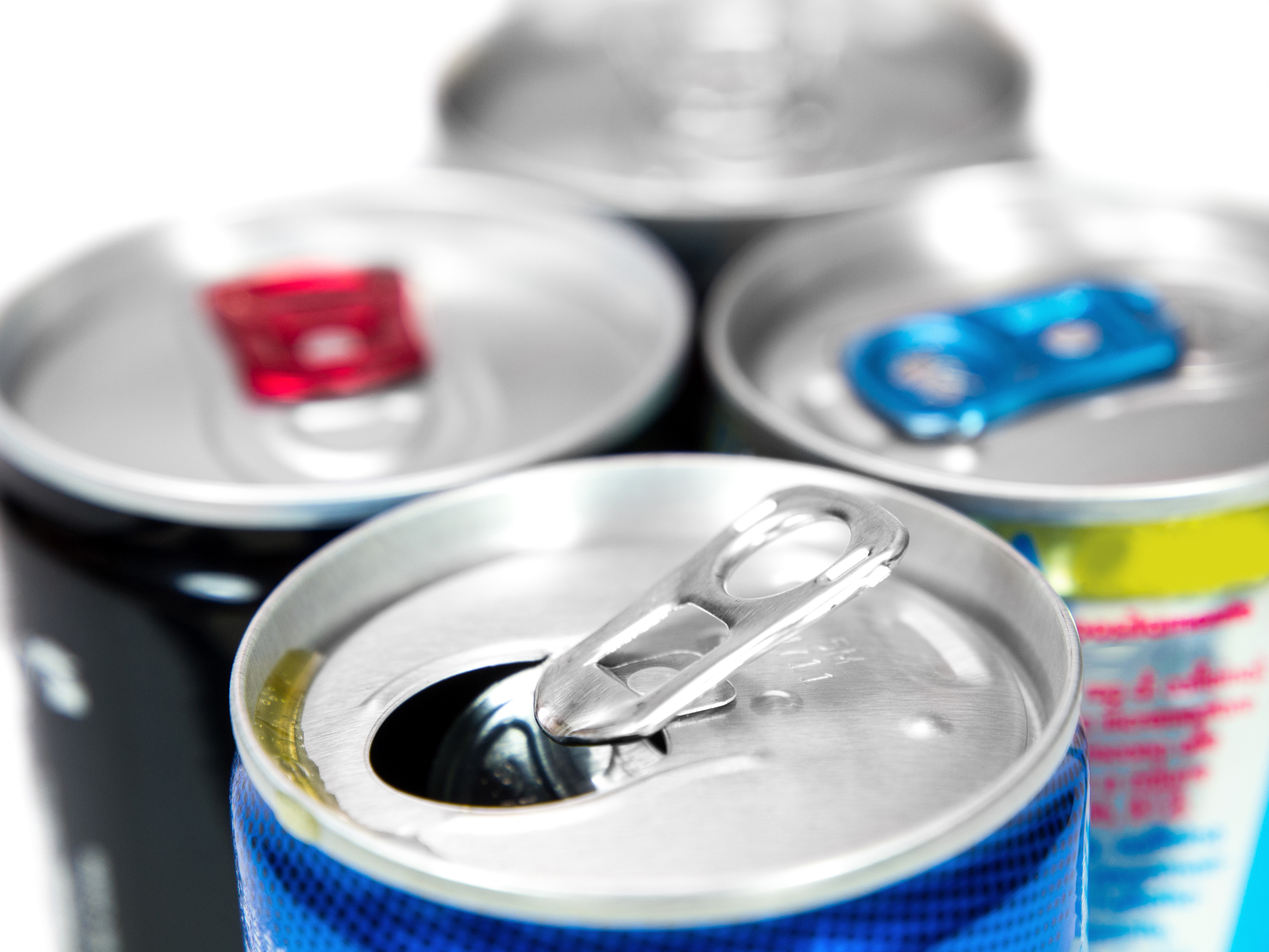
CAMPAIGNERS are calling for a ban on the sale of energy drinks to children after finding that their sugar and caffeine content remains high despite reformulation ahead of the soft drinks levy.
While some manufacturers have reduced sugar in the drinks ahead of the levy taking effect in April, the large can and bottle sizes means youngsters are still consuming too much unnecessary sugar and caffeine, according to the study by Action on Sugar (AoS), published in the journal BMJ Open.
The energy drinks surveyed show a 10% reduction in sugar from 10.6g to 9.5g per 100ml and a 6% reduction in calorie content per 100ml between 2015 and this year, AoS said.
But it found that typical serving sizes of energy drinks were larger than other sugar-sweetened drinks at an “excessive” 500ml, while the average sugar content in energy drinks in both 2015 and this year per serving was more than an adult’s entire maximum daily recommendation.
Some 86% of products in 2015 and 78% this year exceeded the maximum daily recommended amount of sugar for a child aged seven to 10.
Youngsters in the UK are among the highest consumers of energy drinks in Europe, figures have shown.
The study concludes that further reductions in the sugar, calorie and caffeine content of energy drinks are urgently needed to reduce their harmful impact, as is a ban on the sale of energy drinks to children.
Kawther Hashem, co-author of the study and researcher for AoS at Queen Mary University of London, said: “Whilst it’s encouraging to see that some energy drinks manufacturers have reduced sugar in advance of the levy next spring, the huge 500ml can and bottle sizes means youngsters are still consuming far too much unnecessary sugar and caffeine.
“It’s clear that further reductions in both sugar and caffeine are urgently needed, and that they should get rid of large serving sizes.
“Action must be taken now without further delay.”
Graham MacGregor, professor of cardiovascular medicine and AoS chairman said: “This study illustrates the huge contribution of energy drinks to sugar intake, which is linked to the development of obesity and various types of cancer, as well as type 2 diabetes and rotting our children’s teeth.
“They are completely inappropriate for children to consume, form no part of a healthy balanced diet and should be banned for under-16s.”

Enjoy the convenience of having The Sunday Post delivered as a digital ePaper straight to your smartphone, tablet or computer.
Subscribe for only £5.49 a month and enjoy all the benefits of the printed paper as a digital replica.
Subscribe